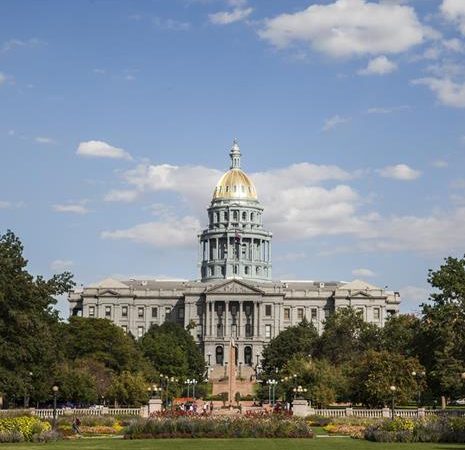Earlier this month Governor John Hickenlooper quashed his own plans for issuing an executive order on carbon emissions for Colorado after nearly six months of speculation and pushback.
The original draft plan, as we reported back in August 2016, would have directed “Colorado’s state agencies to implement policies to achieve a minimum 25 percent reduction in carbon dioxide emissions from 2012 levels in 2025, and a 35 percent reduction in carbon dioxide emissions from 2012 levels in 2030.”
As Energy Policy Center director Amy Cooke said in a blog post, the poorly kept secret plans by the Hickenlooper administration to float a state extension of the “unpopular, controversial, legally questionable Clean Power Plan” amounted to nothing more than a pandering attempt to shore up political bona fides with the state’s eco-left Democratic wing and seize more control of the state’s utility mix without consideration of any authorizing legislation from the state legislature.
Hickenlooper admitted that an executive order might not be the way to go when he rescinded his proposal.
“I think the notion of an executive order in Colorado, given the powers of the governor, wouldn’t have a lot of teeth in it,” Hickenlooper said in a statement.
At the federal level, the Environmental Protection Agency’s Clean Power Plan is still under a United States Supreme Court stay until a decision is issued by the DC Circuit Court of Appeals following hearings held last September.
But there was a bit more to Hickenlooper’s concession on the planned executive order as not having “teeth in it”–it was a distinct lack of federal support made apparent by the impending change in administrations. A Trump EPA would likely be much different than the Clinton-run EPA that many expected before November’s election.
The Denver Post, in an article on the energy battles in the state of Colorado following the approaching regulatory shakeup, put it simply: Hickenlooper’s plan was doomed as there was now “no assurance of federal backup.”
No federal backup for the state’s agencies, namely the Colorado Department of Public Health and Environment and the Colorado Energy Office, to move forward with regulatory implementation on the Clean Power Plan and by extension, Hickenlooper’s carbon executive order.
Dr. Larry Wolk, chief of CDPHE, directly believed that regulatory authority and the political cover associated with it, directly derived from those assurances of federal backup.
Wolk told the Post’s Vincent Carroll as much when asked about the role of CDPHE vis-a-vis the EPA and its ability to exercise regulatory powers:
Wolk believes the CDPHE enjoys “sweeping power” as “the conduit for the EPA,” he told Carroll.
Carroll then asked “So you’ll give the marching orders to all of the utilities in the state?”
“Yes,” Wolk told Carroll, “in consultation with the EPA, the PUC and others.”
That “EPA pipeline,” Cooke wrote in November, is changing its inputs due to the election reversal, and possible rejection of CPP either by the courts, the administration, or both in 2017.
Without that conduit of political authority or cover, Hickenlooper pulled the executive order.








